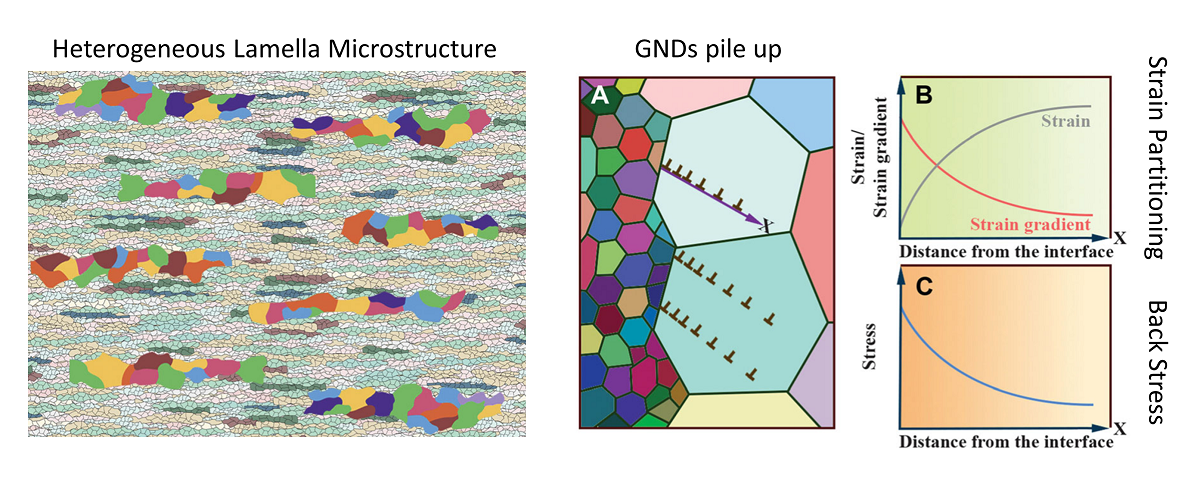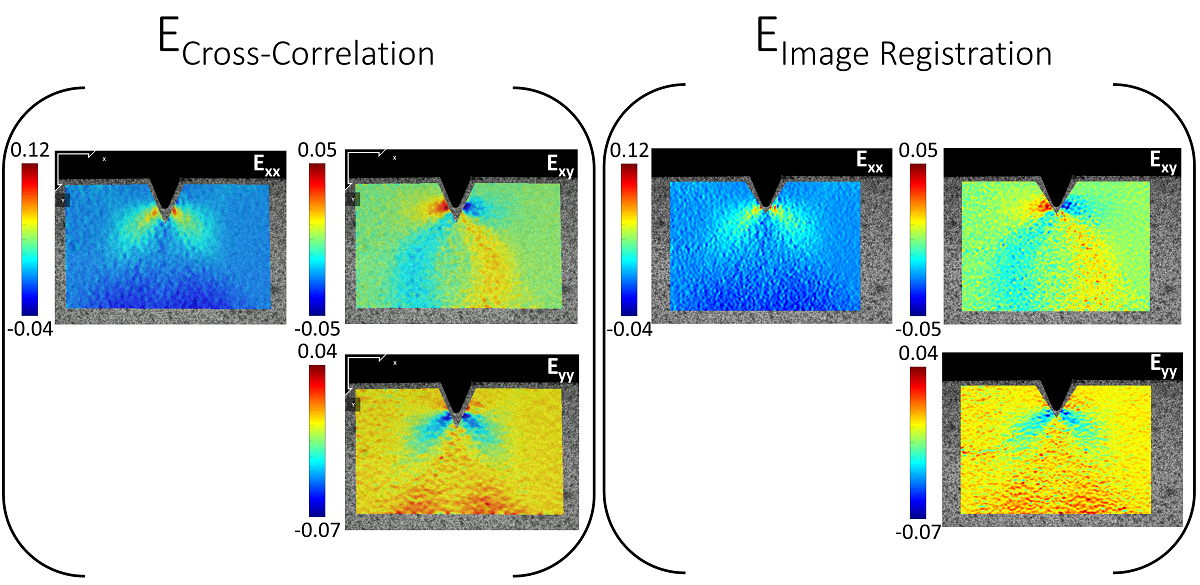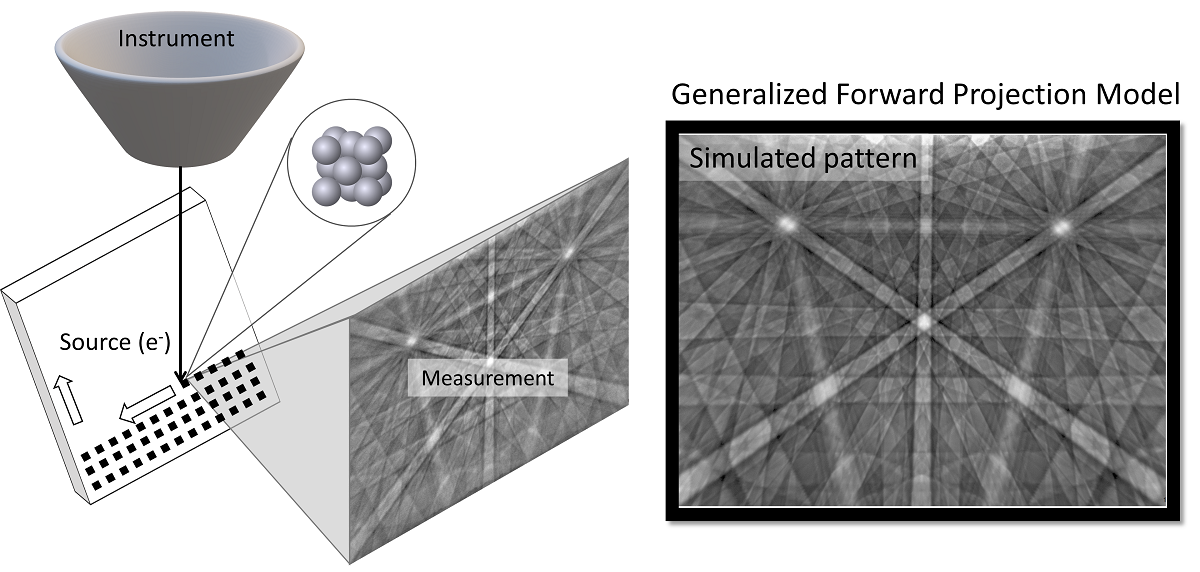Page Not Found
Page not found. Your pixels are in another canvas.
A list of all the posts and pages found on the site. For you robots out there is an XML version available for digesting as well.
Page not found. Your pixels are in another canvas.
This is a page not in th emain menu
Published:
This post will show up by default. To disable scheduling of future posts, edit config.yml and set future: false.
Published:
This is a sample blog post. Lorem ipsum I can’t remember the rest of lorem ipsum and don’t have an internet connection right now. Testing testing testing this blog post. Blog posts are cool.
Published:
This is a sample blog post. Lorem ipsum I can’t remember the rest of lorem ipsum and don’t have an internet connection right now. Testing testing testing this blog post. Blog posts are cool.
Published:
This is a sample blog post. Lorem ipsum I can’t remember the rest of lorem ipsum and don’t have an internet connection right now. Testing testing testing this blog post. Blog posts are cool.
Published:
This is a sample blog post. Lorem ipsum I can’t remember the rest of lorem ipsum and don’t have an internet connection right now. Testing testing testing this blog post. Blog posts are cool.
Short description of portfolio item number 1
Short description of portfolio item number 2 
Published:
A key part of materials science is to build the structure-property linkage. For example, mechanical behavior of structural materials depends strongly on the microstructure and orientation of crystalline domains. A deeper understanding of this particular linkage requires an thorough investigation into the generation and motion of dislocations, dislocation-dislocation interaction and dislocation-grain boundary interaction. Characterization of the distribution and types of dislocations over a large area has been made possible with electron backscatter diffraction 
Published:
As the demand for structural alloys is expected to grow around 200% in many industrial sectors until 2050, reduction in greenhouse gas emission associated with metal extraction and manufacturing becomes critically important. For example, method such as scrap metal recycling in the secondary industry would make direct impact to the sustainability of structural metals but the challenge nowadays is to sort metals with increasingly complex alloying elements. Fortunately, properties of metals, particular mechanical properties, can be adjusted through microstructure tuning without changing the alloying composition 
Published:
Following some of the most significant discoveries in physics made in the 20th century, modern breakthroughs in physical science have been closely correlated with the exponential growth in the computational power and advanced analytical algorithms. To tackle some of the urgent problems that our humanity faces such as global warming, scientists more actively seek for material solutions to lead a more sustainable future, for example, structural alloys that last longer in service and battery materials with higher energy storage capacity. Part of the so-called ‘closed-loop’ challenge in designing new materials is to integrate high-throughput characterization into the materials’ design process. With ever more sophisticated machine learning algorithms… 
Published:
In experimental mechanics, understanding how materials deform and where they are most susceptible to failure is crucial for promoting safety and potentially guiding material design to alleviate catastrophic loss. Characterization methods at different length scales that can map strain in situ and probe residual deformation post-mortem are therefore very important to provide researchers with location-specific measurable quantities to study failure mechanisms. 
Published:
Most characterization methods are ill-posed inverse problems which could benefit from some form of regularization. Physics based forward model serves as a strong form of regularization which allows us to accurately model the source (electron, x-ray, photons, neutrons, etc), source-sample interaction, detector behavior, and even take into account potential sources of measurement noise. It is then possible to iteratively infer material properties through direct comparison of the modeling results with experimental data by solving the inverse problem 
Published:
Published:
Undergraduate Course, UC San Diego, 2015
Department of Applied Physics and Mathematics (MATH 20C: Vector Calculus)
Teaching Assistant, Sept. 27th 2015-Mar. 22nd 2016
Undergraduate Course, UC San Diego, 2016
Department of Chemistry & Biochemistry (CHEM 143B: Organic Chemistry Lab)
Teaching Assistant, June. 28th 2016-Aug. 2nd 2016
Undergraduate Course, UC San Diego, 2016
Department of Mechanical and Aerospace Engineering (MAE 131A: Solid Mechanics)
Teaching Assistant, Aug. 28th 2016-Sept 6th 2016
Undergraduate Course, UC San Diego, 2018
Department of Applied Physics and Mathematics (MATH 20D: Differential Equations) Teaching Assistant, Sept. 24th 2018-Dec. 18th 2018